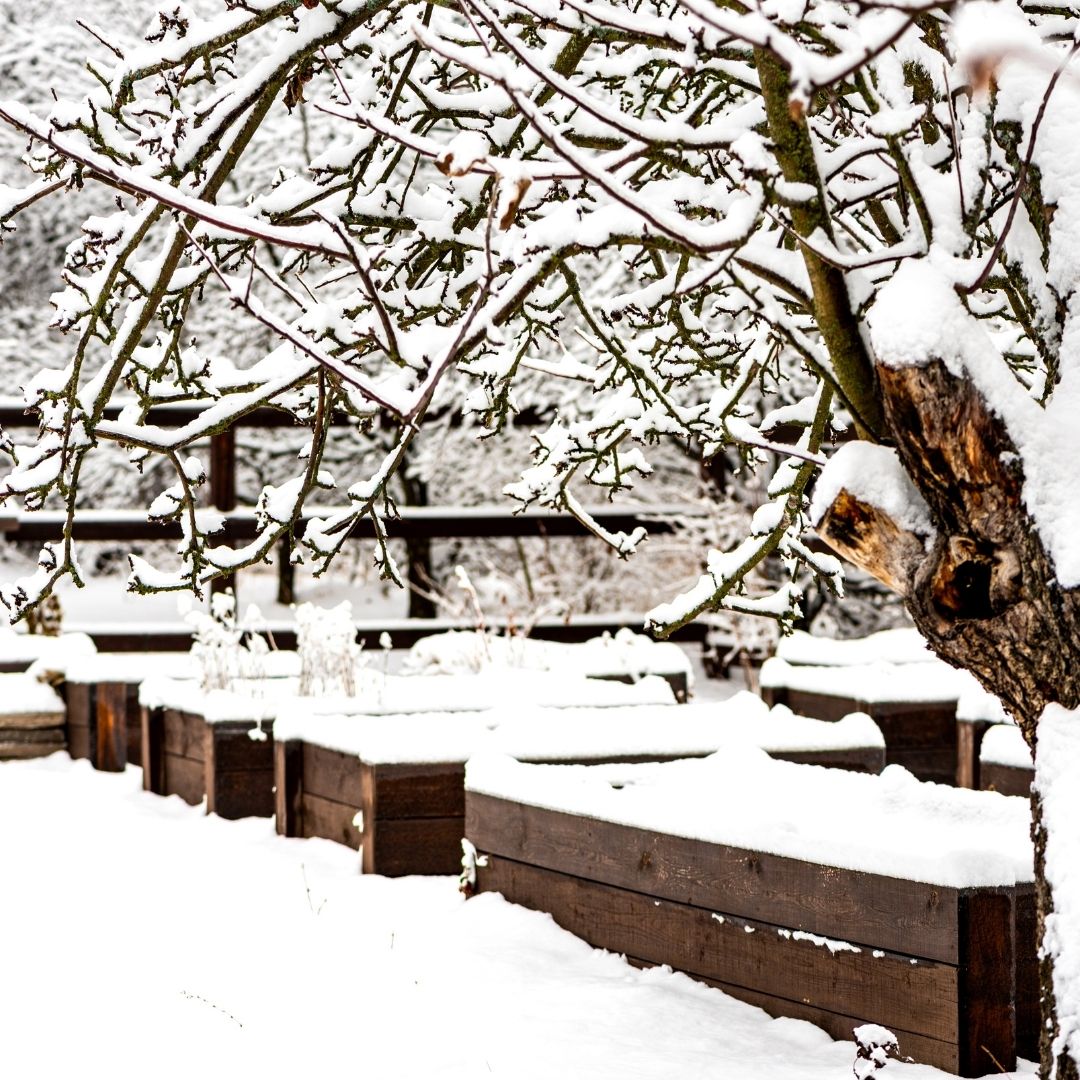
Putting Your Garden to Bed
Have you ever heard of the term, “putting your garden to bed”? This simply means preparing your growing space for the winter or off-season so it is in the best position for success come the spring planting season. On one hand you just started to get ripe tomatoes, but on the other it’s already time to start preparing for winter. I know, I know, the dreaded “W” word with all the foreboding of an episode of Game of Thrones, but winter provides a time for rest and reflection, not only for you, but your garden as well.
When putting your garden to bed there are few things to keep in mind. You will likely be experiencing wind, rain, sleet, or snow (or all of the above in a 24 hour segment) and this can cause a major disruption to your soil through erosion and nutrient leaching. Erosion is the movement (generally unwanted movement) of soil, rock and minerals from one location to another typically through wind and water. Controlling soil erosion with cover crops - MSU Extension Nutrient leaching is when your soil has excess nutrients it hasn’t yet had the opportunity to uptake, and typically water washes it away (kind of like peeing out what you don’t need from your multi-vitamin). Consequently it is important to protect your garden from erosion with cover crops and provide only enough nutrients to rejuvenate without overdoing it through slow-release compost and other natural amendments.

Let’s begin with cover crops. Cover crops come in all shapes and sizes, but we specifically recommend a winter-kill mix. A mix allows you to gain the benefits of more than one plant, oats for organic matter, peas and vetch for nitrogen, daikon radish for tillage, and barley for erosion protection. Barley - SARE Furthermore, winter-kill means the plants are not adapted to survive the winter, so they will biodegrade by early spring and easily incorporate into your garden without tilling. Cover crops planted early enough will have enough time and sunlight to grow a thick protective blanket over your soil and slowly die-back throughout the winter adding beneficial organic matter and nutrients.

Next, compost, which is a great fall addition because it adds protective organic matter, gives cover crop seeds a great starting medium, and slow-releases nutrients to get your soil ready for spring and keep biology alive throughout the winter. Fall Soil Improvements, Soil Amendments, Compost, Compost Bin: Gardener' Supply (gardeners.com) Additionally certain natural amendments also replenish the nutrients lost during your productive growing season such as kelp and bone meal. These can be hard to find in small quantities so pre-blended mixes are a cost-effective way to go.

Timing is also important when it comes to putting your garden to bed. As stated earlier, cover crop seeds need to be planted by mid-September (August is even better). You may not be ready to cut-out your garden just yet, and that’s okay. A pre-blended compost and amendment mix can be broadcasted (evenly dispersed by hand), across your planting area, with cover crop seeds broadcasted on top, and all raked lightly into the top of your garden soil, underneath your existing plants. Alternatively you can also cut everything out at the soil line, broadcast your mix and seeds, and rake in and water.
Now that you’re equipped with the knowledge to put your garden to bed, do it! Late summer is the perfect time to start and Tilth Soil has everything you need to keep your momentum going. With Wendell Compost for larger areas and garden to bed kits (complete with cover crops) for smaller areas. Order your garden to bed kit here!
